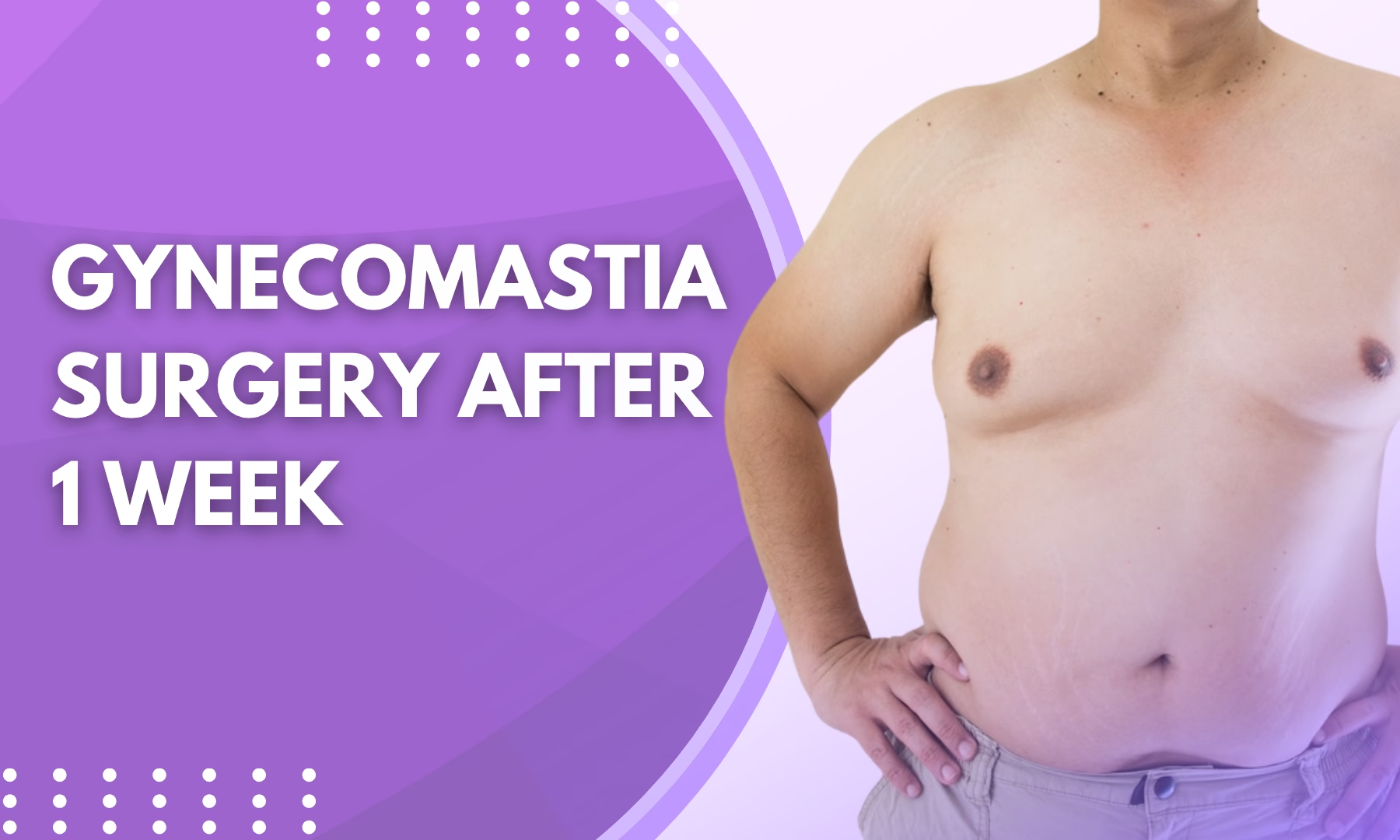
Gynecomastia surgery can lessen enlarged breast tissue in males, leading to a flatter and more contoured chest appearance. The first week of the recovery process is a critical phase where swelling, tenderness, and mild discomfort may still be present. Understanding the normal process at this point of recovery is helpful for setting expectations.
Dr. Viral Desai, one of the best cosmetic and plastic surgeon in Mumbai, has performed numerous gynecomastia surgeries with successful outcomes.
He explains:
“The first week of recovery is about protection and controlled healing. You may not see the final chest shape yet, but the foundation of your results is forming during this period.”
So, what exactly should you expect one week after surgery? Let’s break it down.
What Happens 1 Week After Gynecomastia Surgery
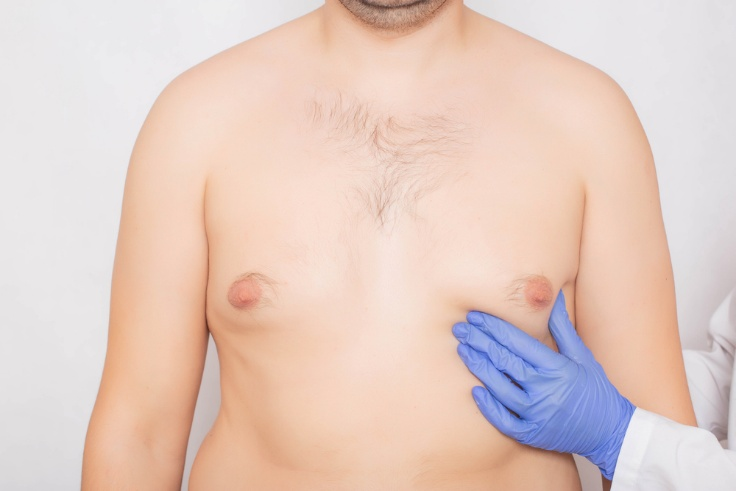
By the end of the first week after Gynecomastia Surgery, most patients have experienced:
- A reduction in swelling from pre-op, but some swelling might still exist;
- Bruising around your breast region will be fading;
- Mild to moderate pain, decreasing day by day;
- Have a compression garment that is supporting the tissue and reducing swelling;
- Sutures healing (if not dissolvable, your removal may be upcoming).
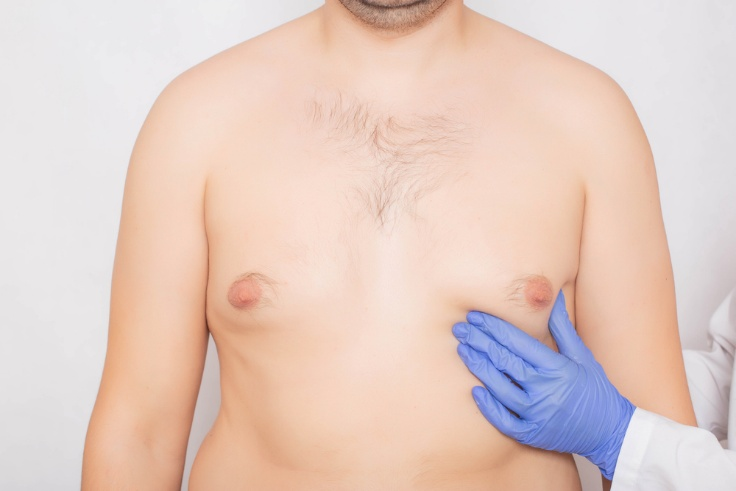
Your chest may not appear to be fully contoured at this time. The final results will continue to change over the next 6-12 weeks, and full settling will take a few months.
Proper Chest Care Routine One Week After Surgery
At the one-week stage, your chest is still healing, so gentle care is important to protect the surgical results. Here’s what your routine should look like:
Wear Your Compression Garment Continuously
It minimizes swelling, supports the new chest shape and overall healing. If your surgeon has permitted, you may also remove it to bathe.
Keep the Incision Area Clean and Dry
Follow surgeon’s directions for cleaning. Do not apply any creams, oils, or ointments, unless prescribed.
Avoid sleeping on your stomach or side
You should sleep on your back with your upper body slightly elevated to promote less swelling and discomfort.
Take Medications as Prescribed
It is important to take the prescribed pain relief medication (if given) and antibiotics as indicated in order to prevent discomfort/infection.
Avoid smoking and alcohol
Smoking and alcohol both slow healing and may affect your final results.
Daily Activities One Week After Gynecomastia Surgery
Before & After Results
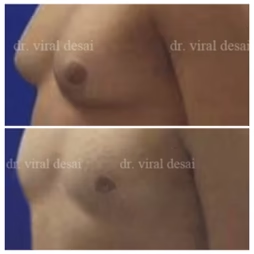
Resuming Light Routine Tasks
Generally, you may resume basic daily tasks, such as walking in the house, simple desk work, or sitting at a computer, but refrain from any activity that places stress on the chest or arms.
Do Not Exercise or Go to the Gym
Refrain from weightlifting, running, or push-ups or any other exercise above the waist that uses the arms. Strain can delay your recovery and effect surgical results.
Limit Arm Movements Above Shoulder Height
When moving these limbs, avoid overstretching or lifting your arms too high and take it slow. Do not allow tension to build at the incision site.
Before & After Results

Avoid Driving if You Are on Medication
Pain medications can change your reflexes. Drive only when you know you are comfortable and when you are no longer on pain medication, sedatives, etc.
Continue to Wear Your Compression Garments
Continue to wear your compression garment during your wake hours in the manner advised. Compression truly does affect your healing and assists in the shaping of your chest contour.
Short walks are encouraged
You may take short, light walks. Walking improves blood circulation and reduces swelling. Do not go for brisk walks or long-distance movements.
At this point, the goal is to either stay active enough to maintain healthy circulation, or not remain active enough to halt the healing process. Pay attention to your body, and get comfortable and rest.
Best Diet for Recovery 1 Week After Gynecomastia Surgery
Here’s what to focus on during the first week:
Protein-Rich Foods
- Include lean meats (chicken, turkey, fish), eggs, dairy, legumes, and tofu.
- Protein supports tissue repair and helps maintain muscle mass while healing.
Anti-Inflammatory Foods
- Incorporate fruits and vegetables rich in antioxidants such as berries, spinach, kale, and broccoli.
- Healthy fats from olive oil, avocado, and nuts help reduce inflammation.
Hydration
- Drink plenty of water throughout the day to stay hydrated and aid in flushing out toxins.
- Limit caffeinated and sugary drinks, which can cause dehydration and slow healing.
Vitamins and Minerals
- Vitamin C (citrus fruits, bell peppers) helps in collagen formation for scar healing.
- Zinc (nuts, seeds, whole grains) supports immune function and tissue repair.
Avoid
- Processed foods, excessive sugar, and fried foods, as they may increase inflammation.
- Alcohol and smoking, as they can impede healing and increase the risk of complications.
Following this diet, along with your surgeon’s post-operative instructions, can help ensure a smoother recovery and better results from your gynecomastia surgery.
When to Consult a Surgeon
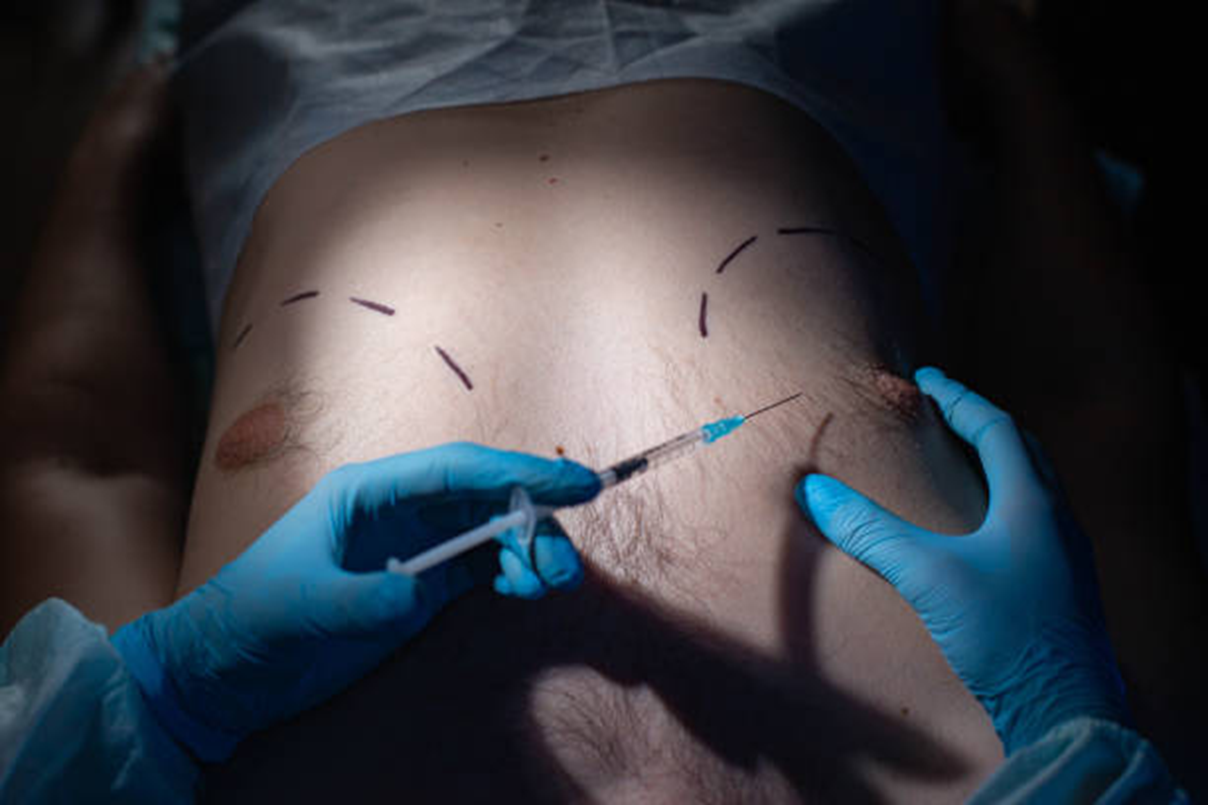
Contact your surgeon if you notice any of the following:
A worsening of chest pain instead of improving gradually
Prolonged redness or warmth around your incision sites
Unusual discharge or an unpleasant smell

A sudden appearance of hard lumps or swelling
Difficulty breathing or chest tightness
Conclusion
One week post gynecomastia surgery is a phase of gentle healing and adjustment. Swelling and bruising is typical, and your chest shape will continue to stabilize and refine over the weeks to come. With diligent post-op care, supportive nutrition, and a gradual return to activities, clearer results will begin to materialize.
Choosing one of the experienced plastic surgeon in Mumbai, such as Dr. Viral Desai, ensures that your treatment, guidance, and recovery are handled with expertise and attention to detail, helping you achieve natural and confident results.
Frequently Asked Questions
1. Can I sleep on my side one week after gynecomastia surgery?
It’s best to sleep on your back with your upper body slightly elevated. Side or stomach sleeping may put pressure on the chest and interfere with healing.
2. Can I return to the gym one week after surgery?
No. Avoid gym workouts and heavy activities until your surgeon approves, usually after 3–6 weeks.
3. Is it okay to remove the compression garment after one week?
No. Continue wearing it as instructed, typically for 4–6 weeks.
4. When will I see the final results of gynecomastia surgery?
Results become more apparent in 4–6 weeks, with final contour stabilization around 3–6 months.


